From Ice Age to the Present – A Brief History of Sandhill Cranes in Northwest Colorado, by Van Graham
Eye-catching Sandhill Cranes, along with the other fourteen crane species found around the world, capture the imagination. They are distinctive birds, and we aspire to know and understand them. Many books and scientific research papers document the life history of Sandhill Cranes as they travel across North America. Numerous fables, myths and legends have also been handed down through time, each with a unique story regarding this distinctive bird. Northwest Colorado’s Sandhill Cranes have a fascinating history all their own. This film offers a historic glimpse of Sandhill Cranes through the ages in the rugged Rocky Mountains of Northwest Colorado.
Sandhill Cranes of the Yampa Valley, by Erin Gelling
The Yampa Valley in Northwest Colorado is home to Greater Sandhill Cranes who arrive in the spring, breed during the summer, and stage in the fall before migration.
39 Days, by Nancy Merrill
Follow a Yampa Valley crane pair and their chicks from nesting to hatching through the day-by-day progress of two chicks becoming colts.
Sandhill Crane or Great Blue Heron?
Sandy, our official Yampa Valley Crane Festival mascot, pairs up with a Great Blue Heron sculpture to offer an amusing and accurate explanation of the differences between Sandhill Cranes and Great Blue Herons. By CCCC mascot Sandy, filmed by Barry Kaplan.
Festival Crane Viewing
Join Ted Floyd, master birder and editor of Birding magazine, for a spectacular sunrise crane viewing experience in the beautiful Morgan Bottom area of the Yampa Valley. Filmed September 4 and 5, 2020 by Abby Jensen and Erin Gelling.
Bill Cox captured this video of calling cranes in his backyard in Steamboat Springs, Colorado. They are obviously excited about the Yampa Valley Crane Festival.
Janet Feigelson welcomed the cranes back to the Yampa Valley on March 26, 2018. Here’s a video of her “conversation” with the cranes.
One of the most identifiable crane calls is a Unison Call performed by a pair of cranes standing side by side. The male crane flips his head up and produces a single call. The female crane responds by raising her head at a 45 degree angle and emitting 2-3 shorter, higher pitched calls. This call reinforces the pair bond, helps to defend a territory and is used in aggressive encounters.
Annette Zuber captured this wonderful video of a pair of Greater Sandhill Cranes Unison Calling in the Yampa Valley of Northwest Colorado:
Van Graham filmed this close-up of Greater Sandhill Cranes “painting” their feathers with iron-laden mud in preparation for breeding season. The feathers actually become stained with the mud.
Mike Mack shared this video of the cranes he sighted on March 17, 2018 during the First Crane Sighting Contest.


